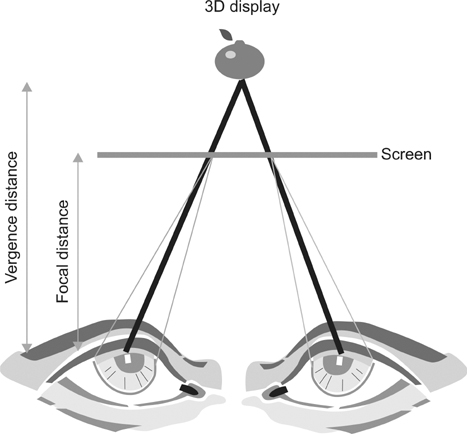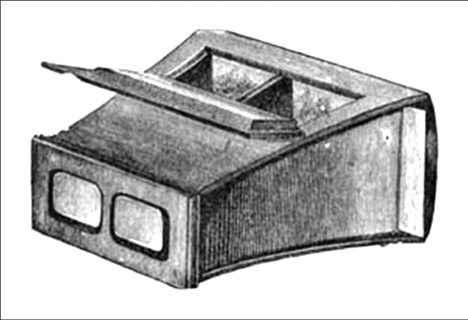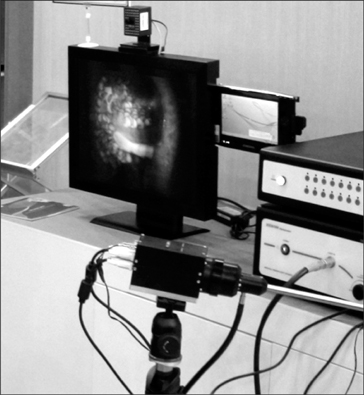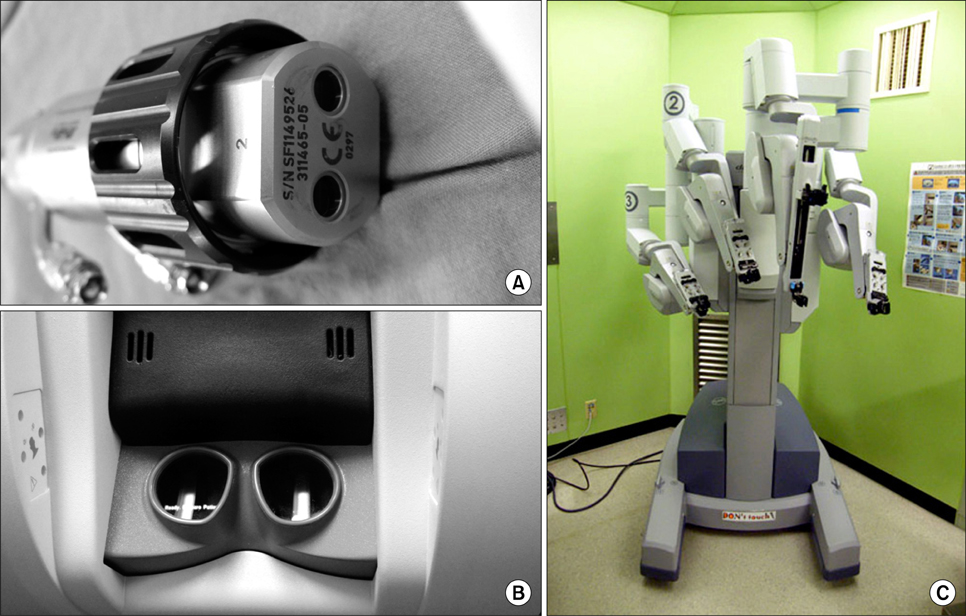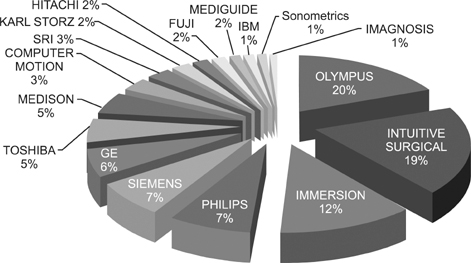Healthc Inform Res.
2012 Sep;18(3):158-163. 10.4258/hir.2012.18.3.158.
Application of Stereo-Imaging Technology to Medical Field
- Affiliations
-
- 1Department of Biomedical Engineering, Hanyang University, Seoul, Korea.
- 2Biomedical Engineering Branch, National Cancer Center, Goyang, Korea. kimkg@ncc.re.kr
- 3Department of Clinical Nursing, University of Ulsan, Seoul, Korea.
- KMID: 2229465
- DOI: http://doi.org/10.4258/hir.2012.18.3.158
Abstract
OBJECTIVES
There has been continuous development in the area of stereoscopic medical imaging devices, and many stereoscopic imaging devices have been realized and applied in the medical field. In this article, we review past and current trends pertaining to the application stereo-imaging technologies in the medical field.
METHODS
We describe the basic principles of stereo vision and visual issues related to it, including visual discomfort, binocular disparities, vergence-accommodation mismatch, and visual fatigue. We also present a brief history of medical applications of stereo-imaging techniques, examples of recently developed stereoscopic medical devices, and patent application trends as they pertain to stereo-imaging medical devices.
RESULTS
Three-dimensional (3D) stereo-imaging technology can provide more realistic depth perception to the viewer than conventional two-dimensional imaging technology. Therefore, it allows for a more accurate understanding and analysis of the morphology of an object. Based on these advantages, the significance of stereoscopic imaging in the medical field increases in accordance with the increase in the number of laparoscopic surgeries, and stereo-imaging technology plays a key role in the diagnoses of the detailed morphologies of small biological specimens.
CONCLUSIONS
The application of 3D stereo-imaging technology to the medical field will help improve surgical accuracy, reduce operation times, and enhance patient safety. Therefore, it is important to develop more enhanced stereoscopic medical devices.
MeSH Terms
Figure
Reference
-
1. Howard IP, Rogers BJ. Seeing in depth. 2002. Toronto: I. Porteous.2. Steinman SB, Steinman BA, Garzia RP. Foundations of binocular vision: a clinical perspective. 2000. New York: McGraw-Hill.3. Diner DB, Fender DH. Human engineering in stereoscopic viewing devices. 1993. New York: Plenum Press.4. Proctor RW, van Zandt T. Human factors in simple and complex systems. 2008. Boca Raton (FL): CRC Press;1–11.5. Siegel M. Perceptions of crosstalk and the possibility of a zoneless autostereoscopic display. Proc SPIE. 2001. 4297:34–41.6. Lambooij M, Fortuin M, Ijsselsteijn WA, Heynderickx I. Measuring visual discomfort associated with 3D displays. Proc SPIE. 2009. 7237:1–12.
Article7. Emote M, Niida T, Okano F. Repeated vergence adaptation causes the decline of visual functions in watching stereoscopic television. J Disp Technol. 2005. 1(2):328–340.
Article8. Shibata T, Kim J, Hoffman DM, Banks MS. The zone of comfort: Predicting visual discomfort with stereo displays. J Vis. 2011. 11(8):11.
Article9. Hoffman DM, Girshick AR, Akeley K, Banks MS. Vergence-accommodation conflicts hinder visual performance and cause visual fatigue. J Vis. 2008. 8(3):33. 1-30.
Article10. Ukai K, Howarth PA. Visual fatigue caused by viewing stereoscopic motion images: background, theories, and observations. Displays. 2008. 29(2):106–116.
Article11. Yano S, Emoto M, Mitsuhashi T. Two factors in visual fatigue caused by stereoscopic HDTV images. Displays. 2004. 25(4):141–150.
Article12. Brewster stereoscope [Internet]. c2012. cited 2012 Sep 15. San Francisco: Wikipedia Foundation;Available from: http://en.wikipedia.org/wiki/File:PSM_V21_D056_Modified_brewster_stereoscope.jpg.13. Thomson E. Stereoscopic Roentgen pictures. Electr Eng. 1896. 21:256.14. Davidson JM. Remarks on the value of stereoscopic photography and skiagraphy: records of clinical and pathological appearances. Br Med J. 1898. 2(1979):1669–1671.
Article15. Davidson JM. Localization by X rays and stereoscopy. 1916. London: H. K. Lewis.16. Getty DJ, Green PJ. Clinical applications for stereoscopic 3-D displays. J Soc Inf Disp. 2007. 15(6):377–384.
Article17. Munz Y, Moorthy K, Dosis A, Hernandez JD, Bann S, Bello F, et al. The benefits of stereoscopic vision in robotic-assisted performance on bench models. Surg Endosc. 2004. 18(4):611–616.
Article18. Korean Standards Association. 3D standard and patent investigation report. 2012. Seoul: Korean Standards Association.
- Full Text Links
- Actions
-
Cited
- CITED
-
- Close
- Share
- Similar articles
-
- Applications of Optical Imaging System in Dentistry
- Effects of the Personal Stereo System on Hearing in Adolescents
- Application of Three-Dimensional Printing in the Fracture Management
- Review of Recent Advancement of Ultra High Field Magnetic Resonance Imaging: from Anatomy to Tractography
- Comparisons of the Lang, Randot, TNO and New Stereo Tests in Screening and Office use in Children


